9 Best Periscope Telephoto Camera Phones for optical zoom in 2025
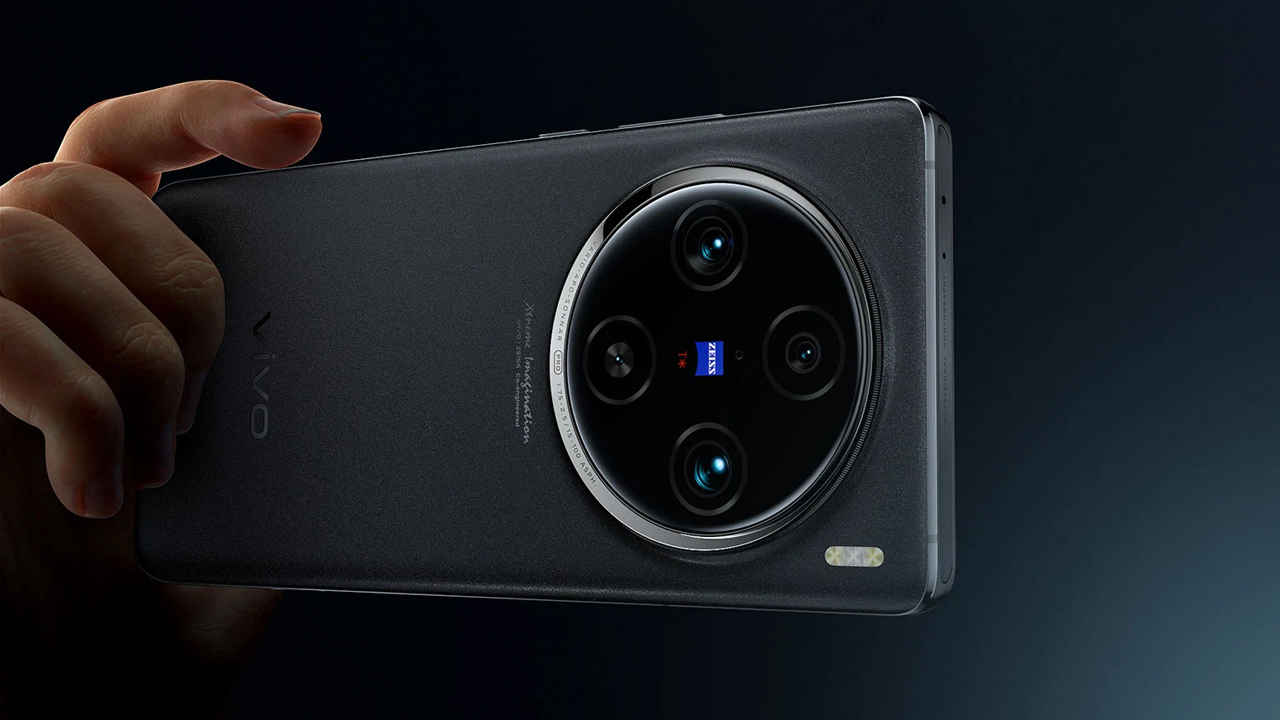
The advancement of optical zoom, specifically through telephoto cameras, is one of the most exciting developments in smartphone camera technology in recent years. Companies are working hard to come up with smart ways to make it happen, like using special lenses and clever software. They’re even putting more than one zoom camera in phones, and all this effort is paying off. Periscope zoom cameras, in particular, have emerged as the best way to get really good zoom on phones. Even if those cool moon shots you see in ads are mostly done with AI, the new zoom cameras can zoom in better than before, catching small details you might not notice normally. Even if those advertised moon shots are mostly AI-regenerated, modern periscope zoom cameras can peak further than ever and are smart enough to catch details that may elude the naked eye.
 Survey
SurveyBefore we get to some of the best optical zoom camera phones that you can buy, let’s detail a few key points that you should be familiar with before you make your buying decision.
What is optical zoom? Do telephoto cameras on phones offer true optical zoom?
Almost all telephoto cameras on phones have a fixed focal length lens for their telephoto camera and not sliding lens elements, which means they support optical zoom at one focal length only. If your phone has 3X optical zoom, everything below 3x (2.9x, 2x, etc.) will be digital zoom or hybrid zoom. The only exception is perhaps the Sony Xperia 1 V, which integrates a movable periscope lens and can deliver optical zoom between 3.5 to 5.2x.
Also, the telephoto camera sensor is often smaller as compared to the primary sensor, and this allows manufacturers to get say “3X optical zoom” without using a lens that is 3x in focal length compared to the one used on the primary sensor.
The point is that most of the zooming action on phones is hybrid. It’s the software and AI that sharpens and often reconstructs the zoom image at times adding pixels that don’t exist, in order to make the end results appealing. That isn’t to say that the optics don’t help. Good telephoto hardware is needed for the software trickery to work convincingly. A few generations down the line, our phones are getting good at zooming in and getting around the physics constraints.
Types of periscope cameras used in smartphones
Let’s now discuss how the periscope telephoto camera works and address some of the popular periscope camera technologies and terminologies that you might run into when deciding between phones.
Periscope telephoto cameras – Periscope telephoto cameras on smartphones use prisms and mirrors and allow for a longer focal length or higher optical zoom without increasing the thickness of the phone. The idea is to give a longer path for light to travel within the lens assembly.
Floating periscope telephoto camera – In a floating periscope camera, the lens assembly isn’t static, and parts of it can move. This helps with better stabilization as well as adds the ability to focus on both distant as well as nearby objects.
The Xiaomi 13 Pro, for instance, has a floating periscope camera. When the camera needs to capture images of far objects, the lens elements move closer together. This movement allows the lens to focus on distant subjects, providing clear and sharp images even at a considerable distance. On the other hand, when the camera needs to take close-up shots, such as capturing details of objects as close as 10 cm, the lens elements move away from each other.
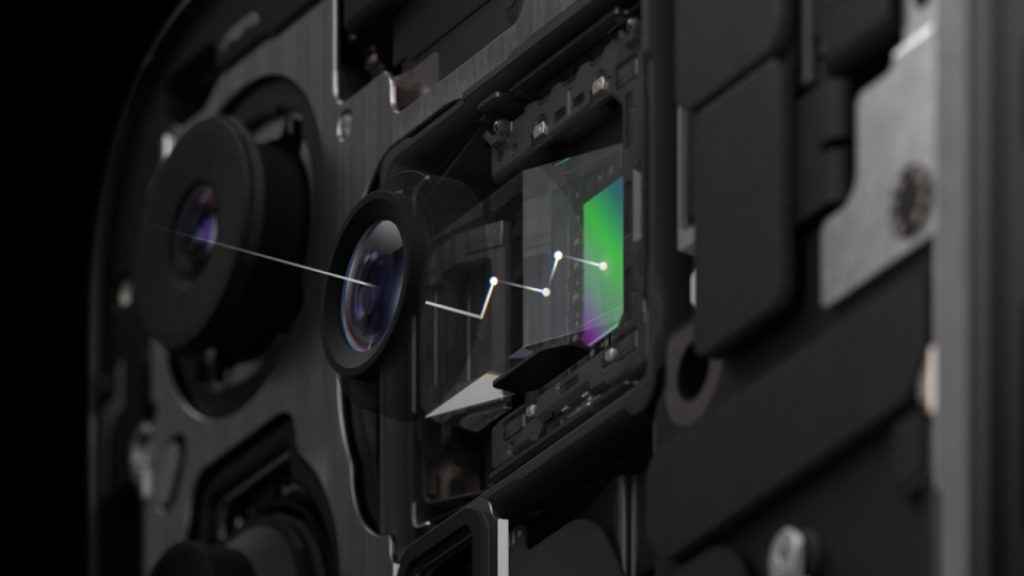
Tetraprism telephoto camera – Apple’s Tetraprims periscope camera used on the iPhone 15 Pro Max uses a series of four prisms to fold the light path within the camera. Apple also uses a 3D sensor-shift stabilization and autofocus module to negate handshakes which are prominent especially when you are all zoomed in.
Liquid lens periscope telephoto camera – Tecno used a liquid lens in its telephoto module, and the technology is expected to debut in Tecno flagship phones this year. This liquid lens adjusts its shape when voltage is applied, enabling dynamic focusing for close-up shots as near as 5cm. As in a floating lens assembly, this liquid lens will enable the telephoto module to focus on nearby objects and shoot macros.
Also Check: 5 smartphone specifications that are misleading
Best phones with optical zoom cameras in 2025
Here are some of the best phones you can pick from.
Samsung Galaxy S24 Ultra
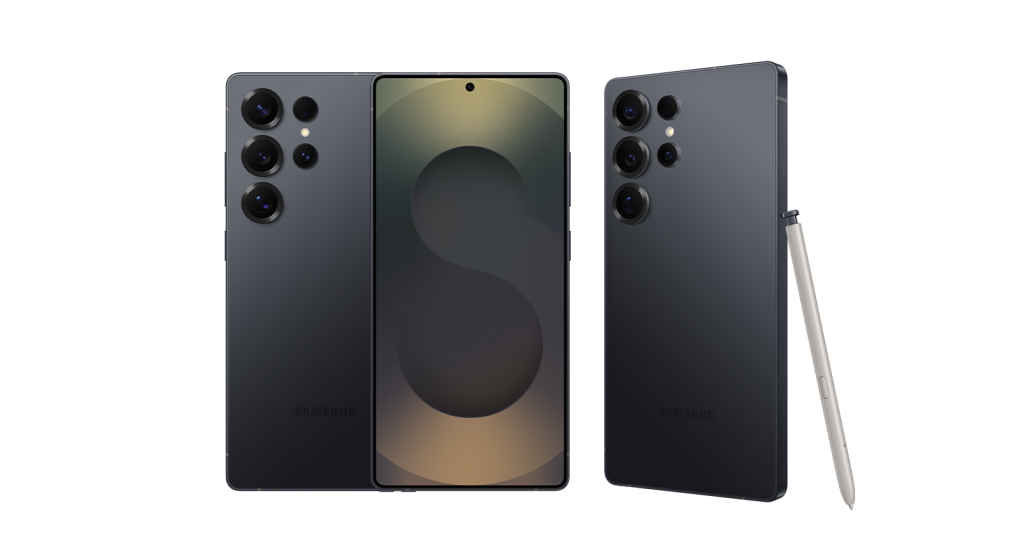
Samsung’s Galaxy S25 Ultra continues its legacy as a zoom photography beast. The phone features a 50MP periscope telephoto camera with 5x optical zoom and OIS, enhanced by AI-backed scene optimisation and detail enhancer algorithms. Its long-range zoom offers great clarity, and Samsung’s Pro Visual Engine adds computational wizardry for low-light zoom shots and stabilisation. Benefiting from the AI chops of Snapdragon 8 Elite, this camera system is fast and refined.
Vivo X200 Pro
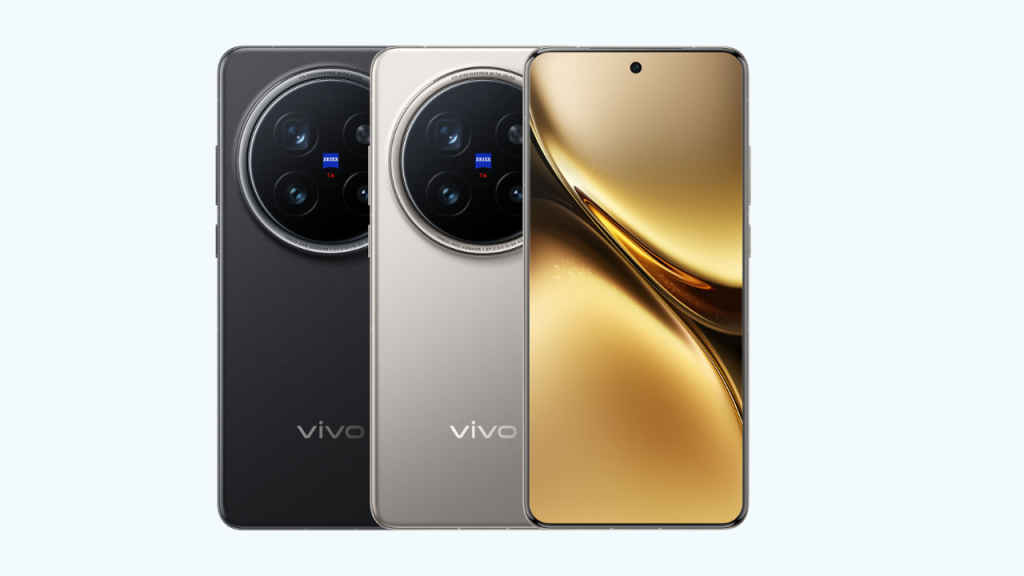
Vivo’s X200 Pro upgrades its telephoto game with Zeiss’ advanced optics and a larger sensor for superior clarity. It carries forward the Zeiss APO-certified periscope lens from its predecessor, now paired with the new V3 imaging chip for faster real-time processing. The 200MP periscope camera offers 3.7x optical zoom and exceptional portrait performance. The camera system benefits from Vivo’s growing computational photography prowess, especially in low light and high-contrast situations.
Apple iPhone 16 Pro and iPhone 16 Pro Max
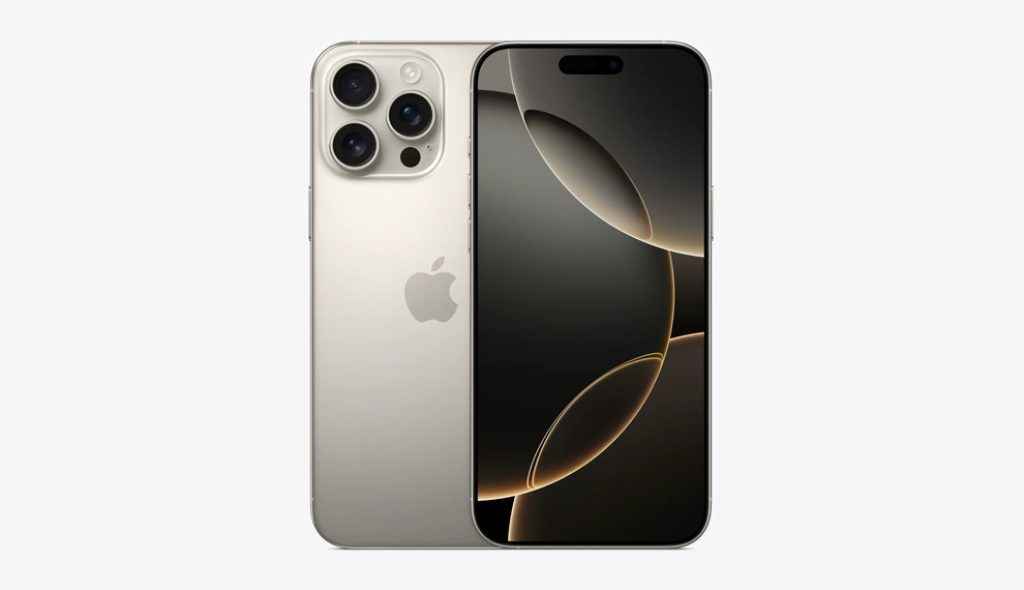
For the first time, Apple has added its Tetra-prism Telephoto camera on both the Pro and Pro Max models. These are great options if you are looking for a premium flagship with a great Telephoto camera for quality zoom images. The ‘Tetraprism’ technology works on the same principle as a periscope zoom camera. The light reflects four times within the Telephoto camera resulting in a longer path required for 5X optical zoom. As for the camera hardware, the 12MP Telephoto camera with a 120mm lens also benefits from Apple’s 3D Sensor shift stabilization. The advanced image processing algorithms are handled by the 3nm process-based Apple A18 Pro chipset.
OnePlus 13
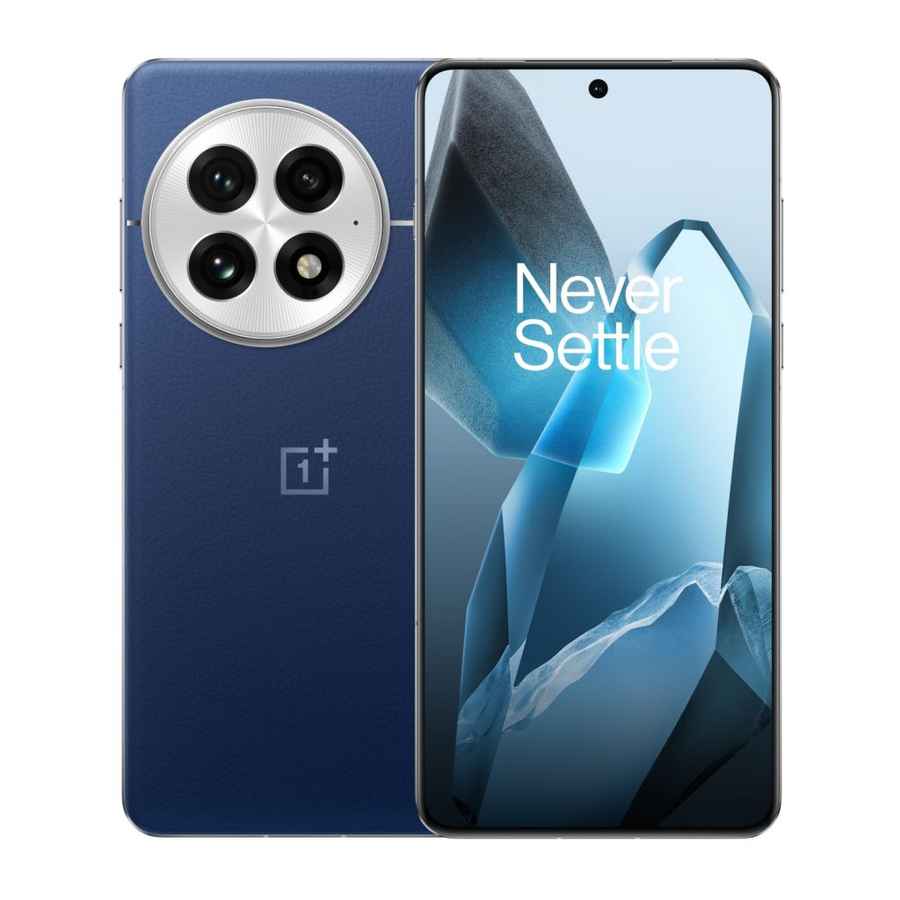
The OnePlus 13 features a next-gen Hasselblad-branded periscope telephoto camera with a 64MP sensor and 3x optical zoom. With refinements in HDR and portrait mode processing, it excels in shooting crisp distant subjects. OnePlus also introduces an updated image pipeline powered by Snapdragon 8 Elite, along with support for Dolby Vision video. The design sees subtle refinements while retaining IP68, wireless charging, and that signature alert slider.
Google Pixel 9 Pro and Pixel 9 Pro Max
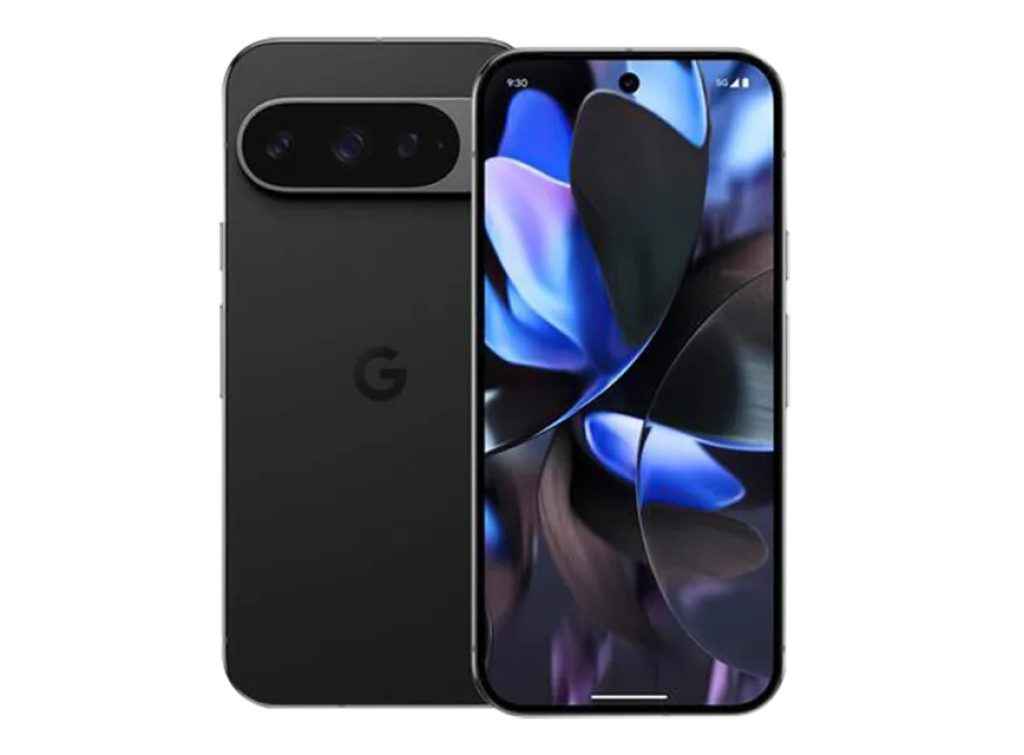
Pixel phones this year have more than their fair share of shortcomings, especially considering their hefty price, but Pro models (Review) do offer a great 5x optical zoom experience. Google’s digital zoom also works remarkably well. Both of these phones are equipped with a 48MP periscope telephoto camera stabilized by OIS. Another notable highlight of these phones is their vibrant LTPO OLED displays.
Also Read: QNED vs QLED vs OLED TVs: What’s the difference?
Vivo X Fold 3
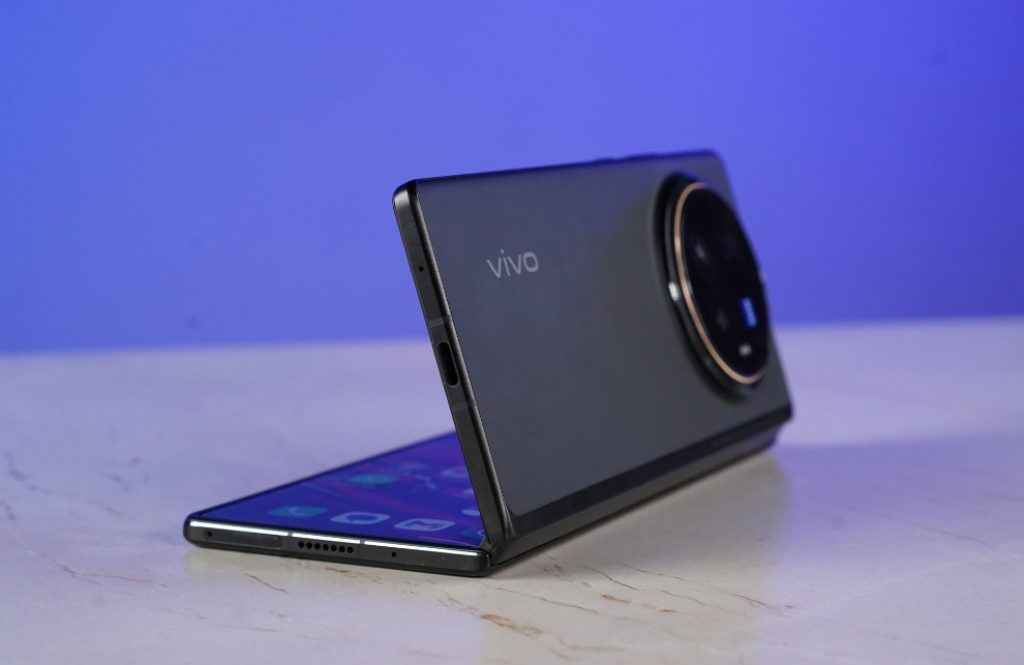
The Vivo X Fold 3 Pro is an impressive foldable phone that does a lot of things right. If you fancy a foldable phone with a periscope telephoto camera, this is the one to consider. It features a 64-megapixel periscope telephoto lens for 10x optical zoom. The telephoto shooter, along with the 50MP primary and ultrawide cameras, provides high detail in images, particularly in good lighting. Even at higher zoom levels, the camera captures sharp and clear shots, making it fun to use for distant subjects. While the camera performance is generally good, it falls slightly short of Vivo’s X100 Pro flagship in terms of image quality, particularly with facial smoothening in portrait mode.
Sony Xperia 1 V
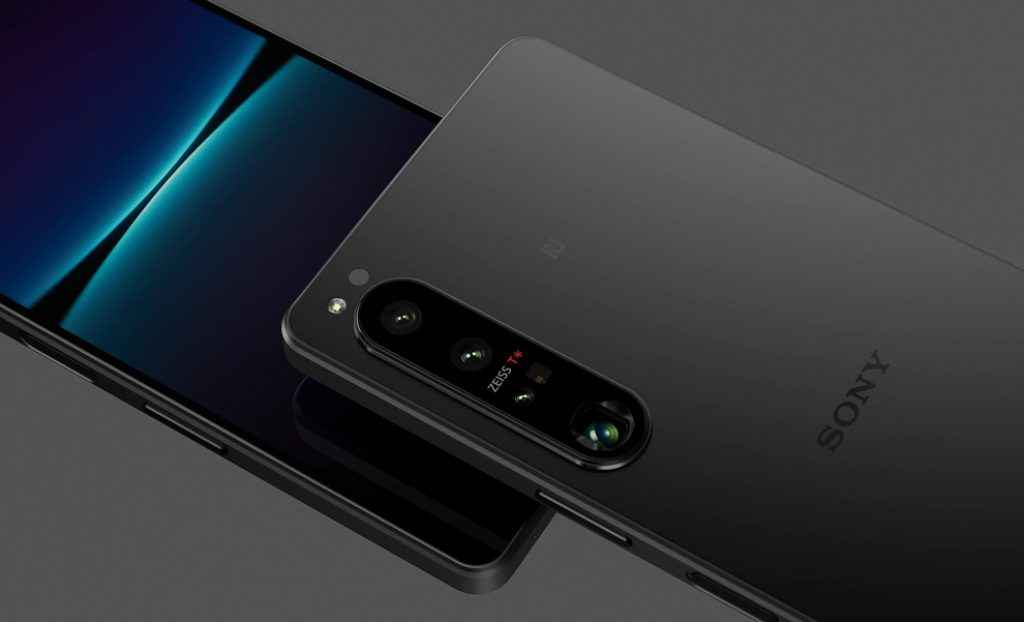
Sony Xperia 1 V is the only phone that offers continuous optical zoom between the range of 3.5 to 5.2x. The phone has a moving lens assembly and comes with several innovative camera features for still photography, portraits and for capturing videos. In fact, Sony also includes a microSD card slot which is an additional advantage for users who often move media from one device to another. There is also a dedicated shutter button and a 3.5mm Audio jack. The Xperia 1 V is powered by a Snapdragon 8 Gen 2 processor and is equipped with a 120Hz 4K HDR OLED display.
Realme 14 Pro+
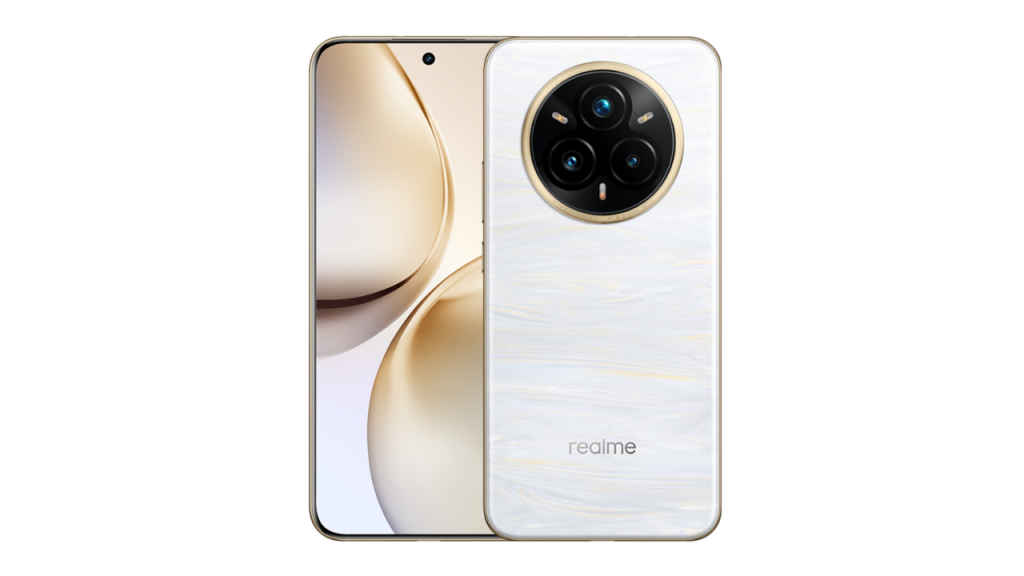
Realme 14 Pro+ offers a periscope zoom camera for a competitive mid-range price. It is powered by Qualcomm Snapdragon 7S Gen 3 and sports a 64MP periscope telephoto camera (Sony) with 3x optical zoom and 6X in-sensor zoom capabilities. There is also 120X digital zoom which leaves a lot to be desired. The design inspired by luxury timepieces, this one hits the sweet spot for value-focused buyers.
Motorola Edge 50 Ultra
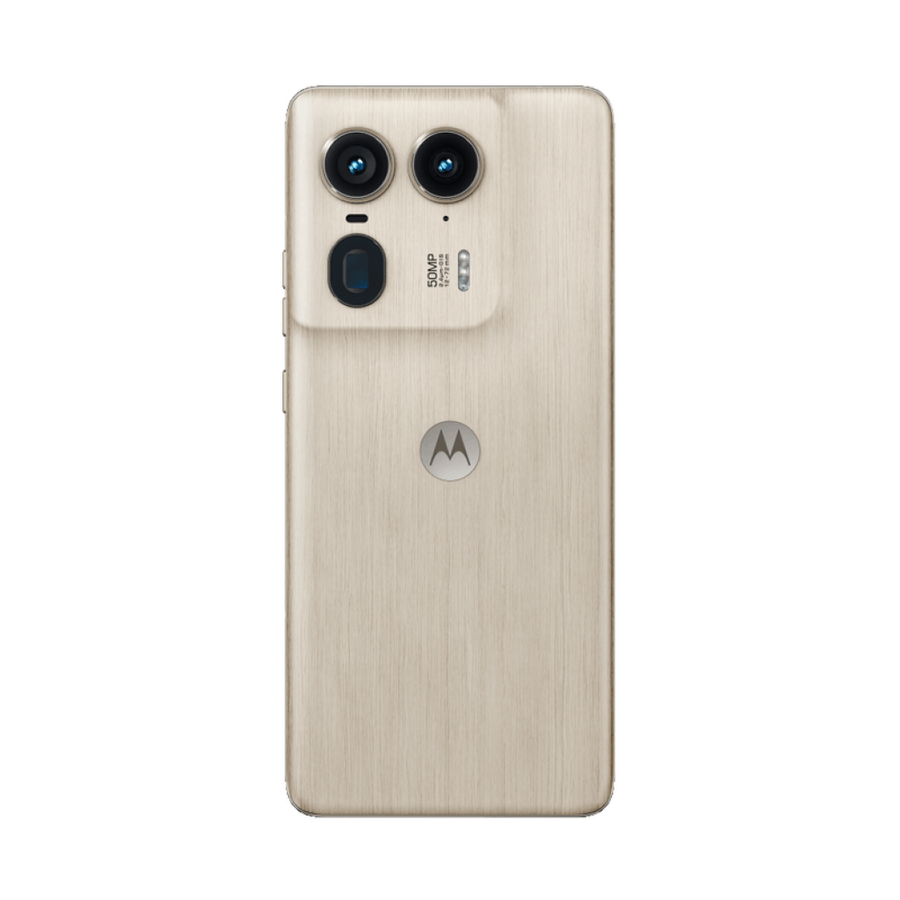
Motorola Edge 50 Ultra has three rear cameras and a front camera. The telephoto camera has a 3X zoom lens and can help you get closer to the subject. The quality of images clicked from the primary and wide-angle camera is not much to write home about. The Edge 50 Ultra can record 4K at 60FPS and slow motion at 1080P/960FPS, with features like Auto Focus Tracking and Adaptive Stabilization enhancing video quality. One of the primary highlights of the phone is its design. There is also a wooden back option which has a unique in-hand feel. There is also 125W fast charging, Snapdragon 8 Gen 3, and a Pantone-validated display.
Oppo Find X8 Ultra
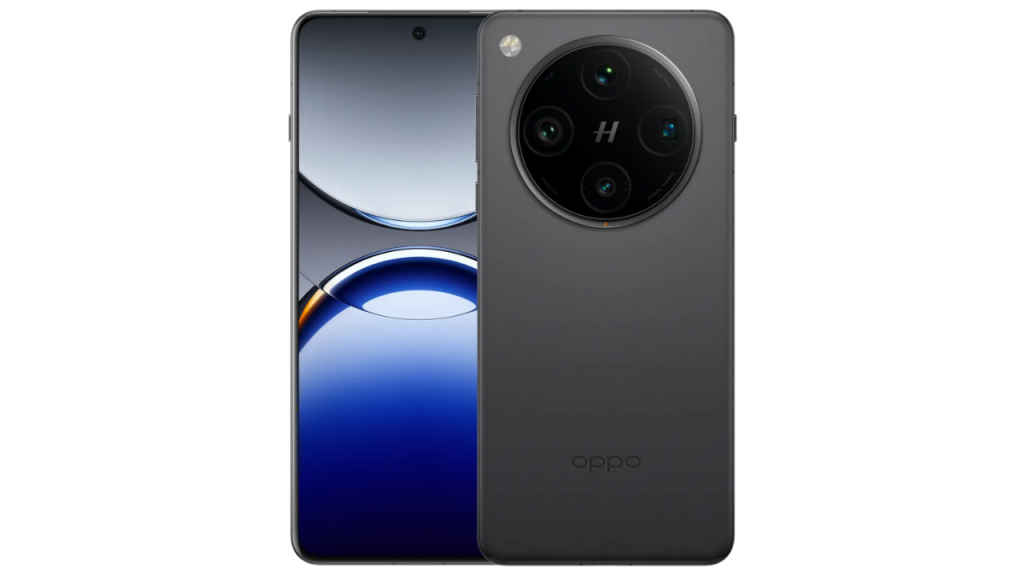
The Oppo Find X8 Pro replaces its predecessor with a smarter, cleaner camera system. The new HyperTone Camera System brings dual periscope cameras again — one for 3x and one for 6x optical zoom. The sensors have been upgraded, including the 50MP LYT-900 main sensor and improved stabilisation tech. If you’re looking for cinematic zoom shots and true versatility in framing, this phone is packed to impress. While global availability is limited, photography fans will appreciate what it offers.
Deepak Singh
Deepak is Editor at Digit. He is passionate about technology and has been keeping an eye on emerging technology trends for nearly a decade. When he is not working, he likes to read and to spend quality time with his family. View Full Profile